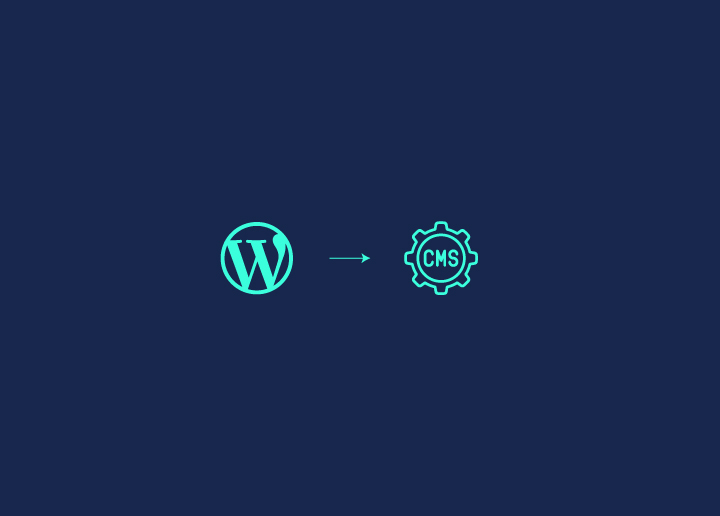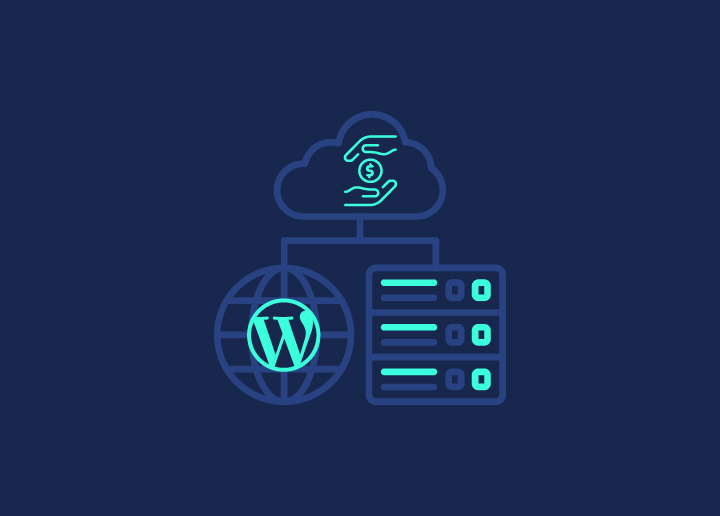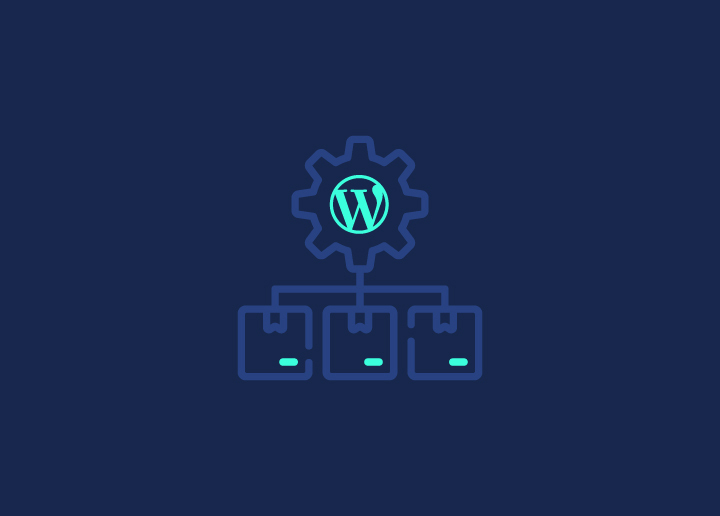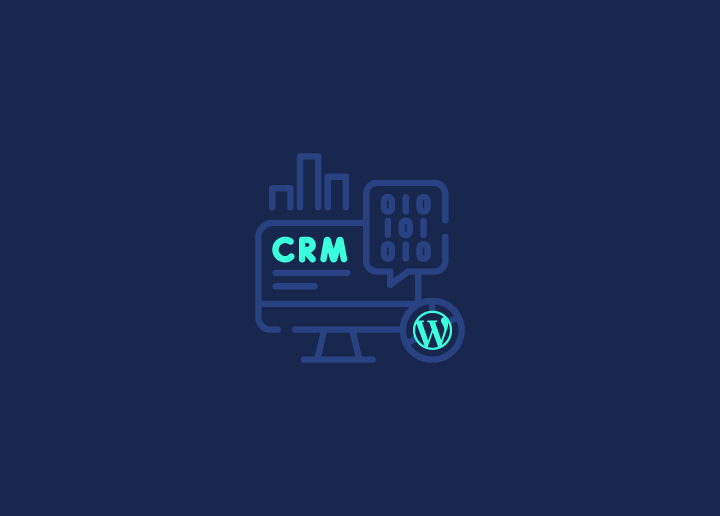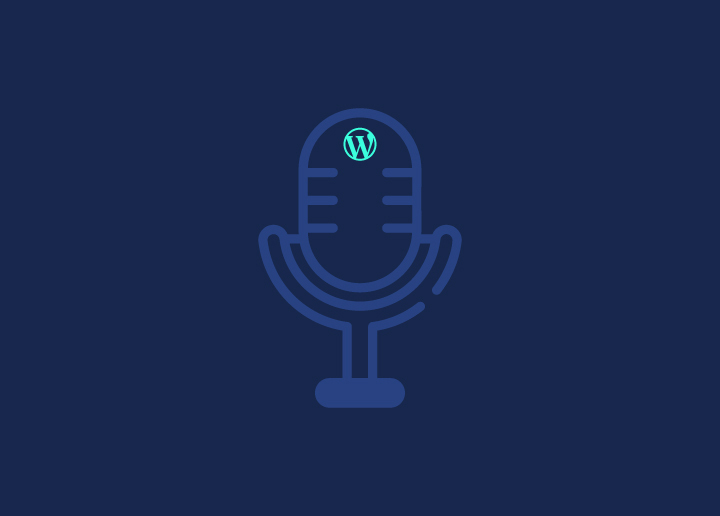WordPress development for marketing agencies focuses on creating websites that boost client businesses. It’s about making sites that look good and work well for marketing. A good WordPress developer thinks about how to make sites that help clients get more customers and sales with WordPress development strategies.
Let’s say a WordPress developer is working on a new site for a client. They need to plan the site with marketing in mind from the start. This means thinking about things like where to put sign-up forms, how to show products, and how to make the site easy for visitors to use. The developer has to work closely with the marketing team to make sure the site helps reach business goals.
This article will give you 7 strategies for building WordPress sites that are great for inbound marketing. These tips will help developers make sites that really work for their clients’ marketing needs.
Contents
ToggleKey Objectives for Mastering WordPress Development Strategies
Mastering WordPress development is essential for marketing agencies looking to offer comprehensive digital solutions. By focusing on these key objectives, web design agencies can streamline workflows, enhance client offerings, and ensure long-term success in the competitive digital space:
Custom WordPress Development Strategies Aligned with Client Branding and Vision
Custom WordPress development ensures that the websites reflect the unique identity of client’s branding. This involves developing tailor-made themes and designs that align with the client’s vision, giving them a distinctive online presence.
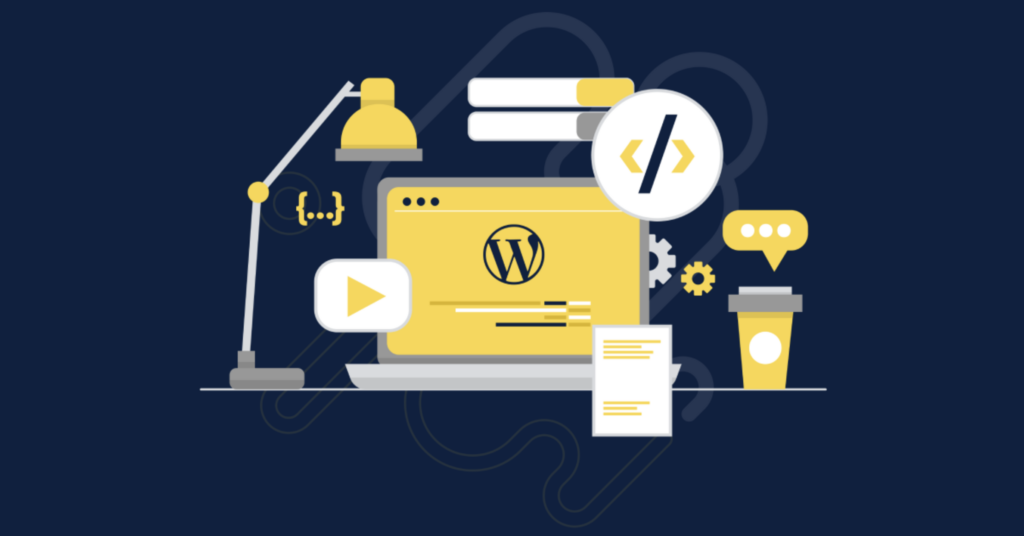
Why?
- Brand Identity: A unique website strengthens the brand’s voice and message.
- Flexibility: Custom solutions offer greater control over design and functionality.
- Client Satisfaction: Personalized websites lead to a better client experience.
Keep Yourself Updated On: Best Branding Ideas for Your Business
SEO-Optimized WordPress Sites for Organic Traffic and Growth
SEO-optimized WordPress sites are built with local SEO best practices in mind, ensuring they rank higher on search engines and drive more organic traffic.
Why?
- Higher Visibility: Well-optimized sites get better ranking, attracting more potential customers.
- Improved User Experience: SEO strategies like fast loading times and mobile optimization enhance user interaction.
- Cost-Effective Traffic: Organic traffic reduces the need for paid marketing.
Also Check: Discover Best Managed SEO Service Providers for Your Business
Website Speed and Performance as Key Factors for User Experience
Fast-loading websites ensure that visitors have a seamless experience. Enhanced performance leads to better engagement, lower bounce rates, and higher conversion rates.
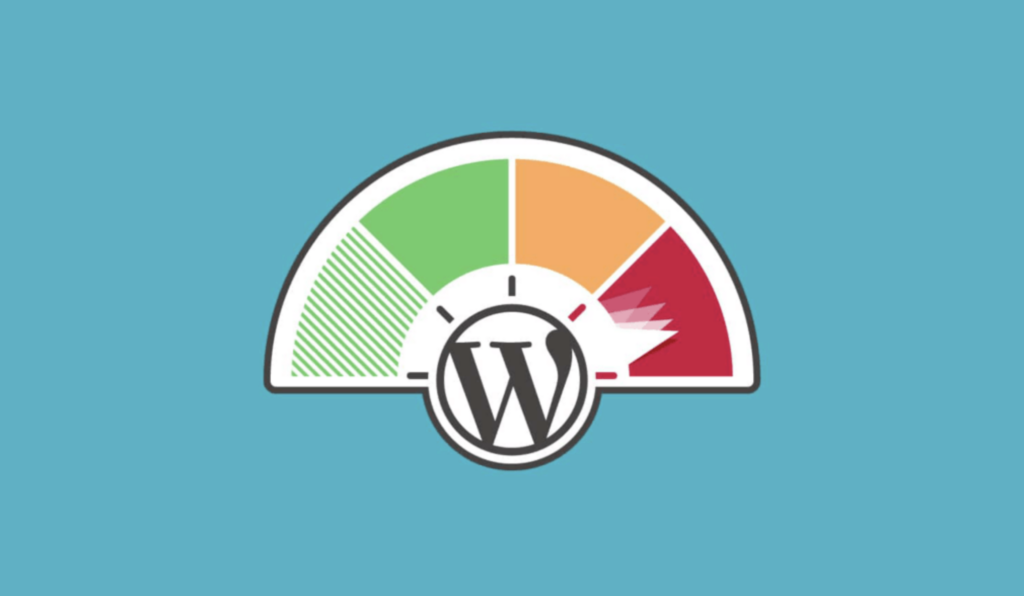
Why?
- User Retention: Faster sites keep visitors engaged and reduce abandonment rates.
- SEO Benefits: Search engines prioritize fast-loading sites in rankings.
- Increased Conversions: A smooth UX leads to more conversions.
Do You Know?
How to Fix “new reason preventing your pages from being indexed” Search Console Issue
Scalable WordPress Sites Designed for Business Expansion
WordPress sites built with scalability in mind allow for seamless growth, enabling businesses to expand their online presence without major redevelopment.
Why?
- Future-Proof: Scalable designs adapt to changing business needs without costly overhauls.
- Cost-Efficient: A modular structure allows for gradual feature additions, saving time and resources.
- Improved Client Satisfaction: Clients can grow their site easily as their business evolves.
Also Check:
Best WordPress Website Management Services
Custom Plugins Offering Unique Functionality and Value
Custom plugins enable websites to perform unique tasks that standard plugins might not cover, giving clients more flexibility and control over their website’s functionality.
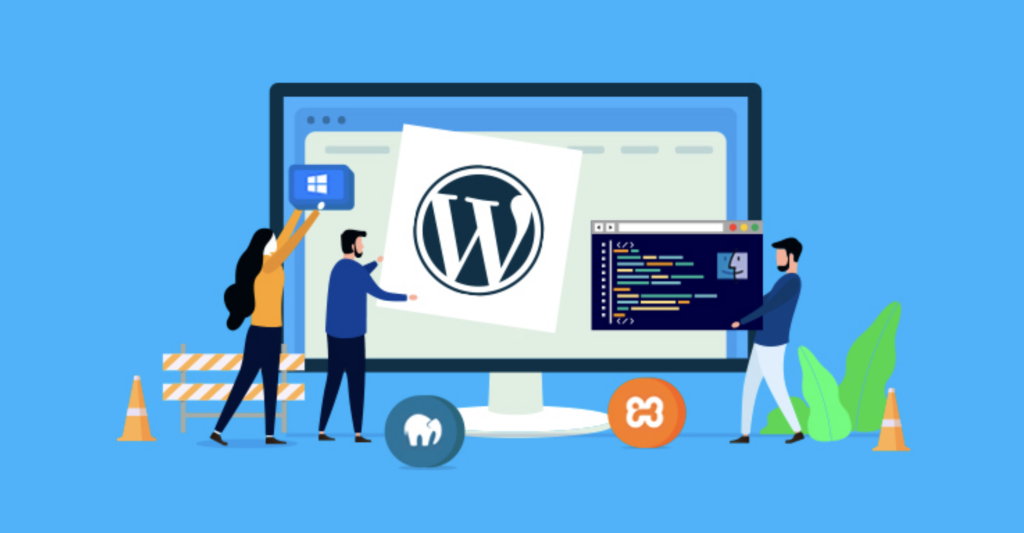
Why?
- Tailored Solutions: Custom plugins address specific business needs.
- Enhanced Functionality: They provide features that improve site performance and user engagement.
- Competitive Edge: Unique functionalities help clients stand out from the competition.
Also Understand: How to Redesign Your WordPress Website Efficiently: A Comprehensive Guide
Mobile-First Design for Enhanced User Engagement
With mobile traffic outpacing desktop, a mobile-first responsive design ensures that websites are optimized for smartphones and tablets, offering a seamless experience across devices.
Why?
- Increased Traffic: A large percentage of users browse on mobile devices.
- Improved SEO: Search engines prioritize mobile-friendly sites in rankings.
- Better User Experience: Responsive designs enhance usability and engagement on smaller screens.
Keep Checking: Best Website Development Proposal Templates to Fit Your Needs
Long-Term Security and Maintenance for WordPress Success
Ongoing security measures and regular WordPress maintenance are critical for keeping websites running smoothly and protected from potential threats.
Why?
- Protection from Threats: Regular updates and backups reduce vulnerabilities.
- Better Performance: Consistent maintenance ensures the site runs efficiently.
- Client Trust: Offering ongoing support for long-term positive client experience.
Also Understand:
7 Effective WordPress Development Strategies for Marketing Agencies
As a site owner or web designer, your eye for detail and creativity can transform WordPress development into a seamless extension of your design work. By embracing effective strategies, you can ensure your visual concepts come to life on WordPress without compromise, delivering pixel-perfect websites that captivate and convert.
Here are a few for you to check out:
Strategy 1: Create Custom Themes That Align with Client Branding
Creating custom WordPress themes is a game-changer for agencies looking to provide tailored solutions that perfectly align with a client’s brand. By building themes from scratch or heavily modifying existing ones, you ensure that every visual and functional element speaks to the client’s unique identity, making their site stand out while offering full design control.
Steps:
- Conduct a branding consultation with the client.
- Create a design mockup or wireframe in Figma.
- Translate the design into a custom WordPress theme.
- Implement brand colors, typography, and visual elements.
- Test and refine the theme to ensure it aligns with the client’s branding goals.
Keep Reading:
How to Convert Your Design Prototype to WordPress
Strategy 2: Incorporate SEO Best Practices During Development
Incorporating SEO best practices during development ensures that your client’s website ranks higher in search results right from the start. By focusing on clean code, fast load times, and mobile responsiveness, you create a strong foundation for organic traffic growth, setting your clients up for long-term success in search engine visibility.
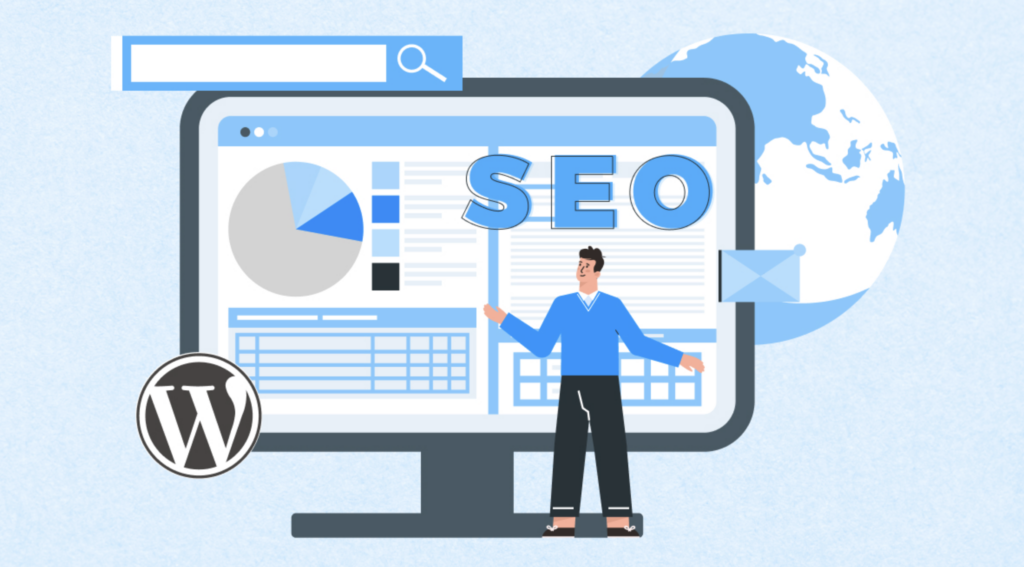
Steps:
- Use lightweight, well-structured code for faster load times.
- Optimize images and media for better performance.
- Ensure mobile responsiveness across all devices.
- Implement SEO-friendly URLs, meta tags, and headings.
- Test site speed and refine for further optimization.
Read More: The Ultimate Guide To Writing SEO-friendly Meta Tags
Strategy 3: Enhance Website Speed with Caching and Optimization
Enhancing website speed is crucial for improving user experience and driving conversions. By utilizing caching techniques and speed optimization tools like WP Rocket, you can significantly reduce load times, ensuring smooth navigation and keeping visitors engaged—ultimately boosting your clients’ business outcomes.
Steps:
- Install and configure caching plugins like WP Rocket or W3 Total Cache.
- Optimize images and files to reduce their size without losing quality.
- Minify CSS, JavaScript, and HTML for faster loading.
- Enable lazy loading to prioritize essential content.
- Regularly test page speed and refine optimizations as needed.
Also Read: Page Speed Optimization Guide for WordPress
Strategy 4: Build Modular, Scalable Websites for Future Growth
Building modular and scalable websites ensures your clients can easily grow their online presence without overhauling their site in the future. By designing flexible layouts and using reusable components, you give clients the ability to add features and content seamlessly as their business evolves, saving time and resources.
Steps:
- Use a modular approach to design, with reusable components.
- Implement flexible layouts that can accommodate future content.
- Integrate scalable plugins that grow with the website’s needs.
- Keep the code clean and organized for easy future updates.
- Plan for future features and expansions during the initial build.
Keep Reading: Top White-Label WordPress Maintenance & Support Services
Want to Provide Expert WordPress Solutions for Your Esteemed Clientele?
We got your back with white-label WordPress solutions! Custom-tailored development services are available for a range of clients in small businesses, agencies, and VIP enterprises.
Strategy 5: Develop Custom Plugins to Meet Client-Specific Needs
Developing custom plugins allows you to deliver tailored functionality that addresses specific client requirements. By creating unique solutions, you can add features that standard plugins can’t offer, boosting the overall value of the site and helping your clients stand out with enhanced, bespoke capabilities.

Steps:
- Identify the client’s unique functional needs through consultation.
- Design the plugin’s architecture to ensure it fits seamlessly into WordPress.
- Write clean, efficient code for optimal performance.
- Test the plugin across different WordPress environments for compatibility.
- Provide documentation and ongoing support for future updates.
Learn How to: From Design to Document: Figma to PDF Made Easy
Strategy 6: Adopt a Mobile-First Design Strategy
Adopting a mobile-first design strategy ensures that your websites are optimized for the increasing number of users browsing on mobile devices. By prioritizing mobile functionality and aesthetics, you enhance user experience across all screen sizes, improve engagement, and help your clients stay competitive in search rankings.
Steps:
- Start the design process by focusing on mobile layouts first.
- Implement responsive design techniques to adapt to various screen sizes.
- Use mobile-friendly navigation elements, like touch-friendly buttons and menus.
- Optimize images and content for faster mobile load times.
- Test the site on multiple mobile devices for a flawless user experience.
Keep Exploring: Best eCommerce UI Design Themes and Example Sites
Strategy 7: Offer Comprehensive Security and Maintenance Services
Offering comprehensive security and maintenance services ensures your clients’ websites are protected from threats and run smoothly over time. Regular updates, backups, and proactive monitoring safeguard against vulnerabilities, while maintenance packages keep performance optimized—giving clients peace of mind and long-term website reliability.

Steps:
- Set up regular automated backups to secure data.
- Monitor for potential security vulnerabilities using tools like Wordfence.
- Keep WordPress core, themes, and plugins updated to the latest versions.
- Implement SSL certificates and other security measures to protect sensitive information.
- Offer ongoing maintenance packages for performance optimization and troubleshooting.
Also Check: How to install a free SSL certificate in WordPress?
Some Overlooked Gaps in WordPress Development for Marketing Agencies
Even the most skilled marketing agencies can miss critical gaps in their WordPress development process. Below are some common loopholes that often get overlooked, potentially affecting long-term success:
Generic Designs: Pre-made themes may offer convenience, but they often result in cookie-cutter websites that fail to stand out. This limits the brand’s ability to establish a unique presence, which can affect the overall impact and client satisfaction.
Limited Future Growth: While pre-made themes provide quick solutions, they often lack the flexibility needed for future growth. As businesses expand and require more advanced features, these themes can become restrictive, leading to costly redevelopment.
Mobile Incompatibility: Ignoring mobile optimization leads to a poor user experience on mobile devices, which now account for a large portion of online traffic. This not only increases bounce rates but also negatively impacts search engine rankings, reducing visibility.
Plugin Conflicts: Using multiple plugins without proper testing can lead to compatibility issues that break site functionality. Unchecked plugins may also slow down the site, affecting user experience and potentially causing downtime.
Security Vulnerabilities: Failing to implement key security measures such as SSL certificates, regular updates, and malware protection leaves websites exposed to hacks and data breaches, which can damage client trust and result in data loss.
Keep Yourself Updated: WordPress Security Mistakes to Avoid
Outdated Sites: Without a long-term maintenance plan, websites can become outdated, leading to security risks and performance issues. Regular updates are essential to keeping the site running smoothly and ensuring it stays compatible with new technology.
Missed SEO Opportunities: Not integrating SEO during the development phase means missed opportunities to rank higher in search engines. This can reduce organic traffic and require significant post-launch SEO work, increasing costs for both the agency and the client.
Slow Load Times: Slow website speeds, often caused by unoptimized images and bulky plugins, frustrate users and drive them away. Search engines penalize slow sites, leading to lower rankings, which can significantly impact a site’s visibility and traffic.
Overcomplicated Features: Adding too many unnecessary features or plugins can overwhelm the user and create a cluttered experience. This reduces engagement and may also lead to technical issues, making maintenance more difficult and costly for the client.
Also Read: How to Boost Engagement by Adding WordPress Reaction Buttons
Conclusion: Tips for Improving for Marketing Agency’s WordPress Strategy
To improve your marketing agency’s WordPress strategy, focus on delivering custom solutions that reflect each client’s unique brand. Off-the-shelf themes may be quick, but they often lack the personality and flexibility needed to make a brand stand out. By offering tailored themes and plugins, you can ensure your clients’ websites are not only visually distinct but also aligned with their specific goals.
- Conduct client branding consultations before development.
- Build custom themes to align with brand identity.
Incorporating SEO during development is essential for long-term success. Optimizing for search engines from the start ensures better rankings and organic traffic growth. Clean code, fast load times, and mobile-friendly designs will set a strong foundation for SEO.
- Use lightweight code for better performance.
- Optimize for mobile devices and search-friendly URLs.
Also Check:
Remove -2 from WordPress Slugs for Clean Links
Speed is a critical factor for user retention and SEO rankings. Slow websites drive users away and hurt search rankings. By using caching tools and optimizing images, you can ensure faster loading times, leading to better engagement and conversions.
- Install caching plugins like WP Rocket.
- Compress images without sacrificing quality.
Keep Reading:
The Importance of Caching in WordPress
Scalability is key for businesses looking to expand. Design websites that allow for growth without requiring a full rebuild down the road. Using modular components and scalable plugins ensures easy future updates as the client’s needs evolve.
- Implement modular design for easier updates.
- Select scalable plugins that grow with the business.
Mobile traffic is growing, and a mobile-first approach is essential for any website. Focus on ensuring a seamless experience across devices by starting with mobile design and optimizing navigation menus for touchscreens.
- Begin with mobile layouts before desktop designs.
- Test responsiveness across multiple devices.
Finally, offering comprehensive security and maintenance services builds trust and ensures long-term success. Regular updates, backups, and monitoring keep websites running smoothly and protected from potential threats.
- Set up regular automated backups.
Keep WordPress core, themes, and plugins up to date.


